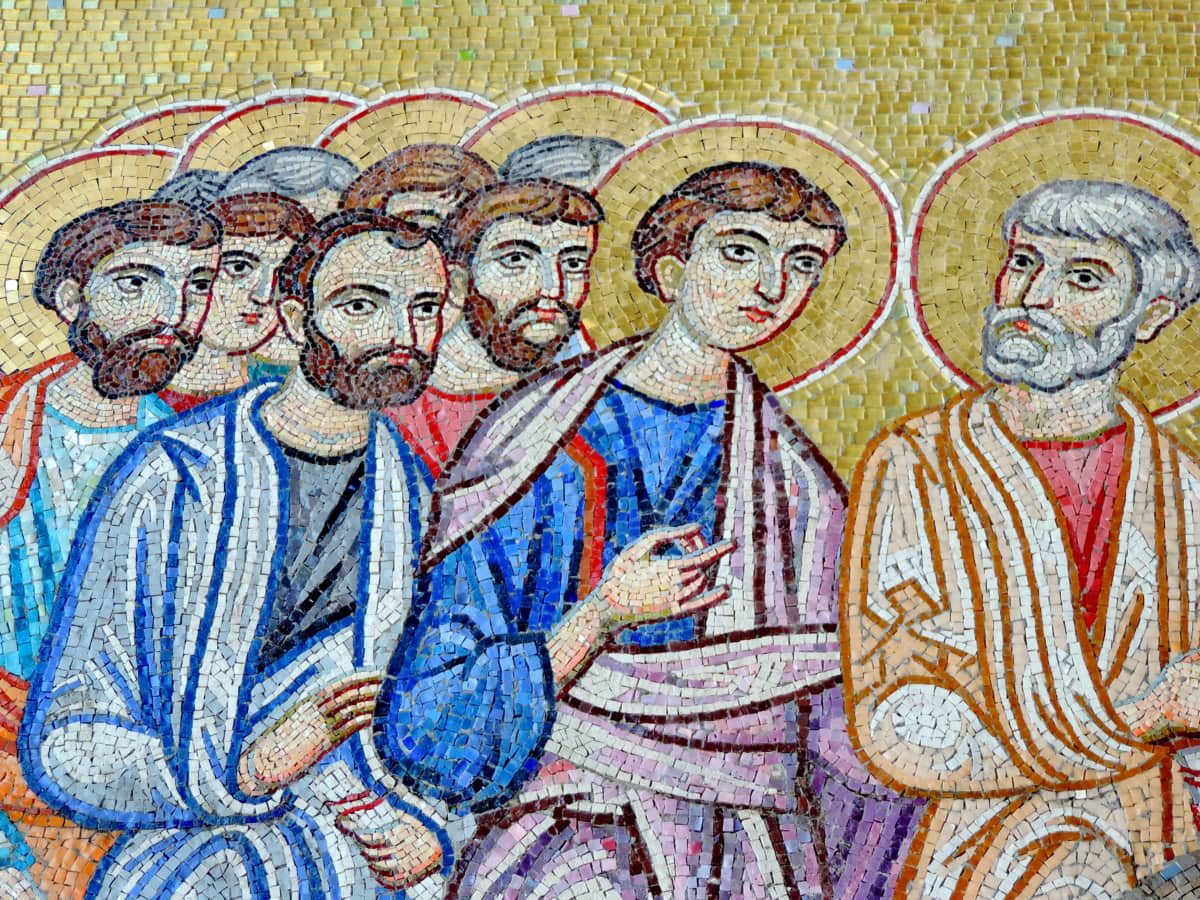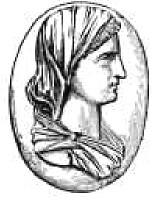The Marcionite Church is pleased to announce the discovery of the true authorship of the so-called Epistle to Diognetus, widely regarded as a masterpiece of early Christian apologetics.
The fifth chapter, which describes the Christian way of life, is particularly moving. However, much about this text has remained uncertain, including its precise date of composition and authorship.
Many scholars date the epistle to approximately 130 C.E., which would make it the earliest surviving example of Christian apologetics.
Numerous scholars, including Christian Charles Josias von Bunsen and Ernesto Buonaiuti, have argued that the Epistle to Diognetus was originally written by either Marcion of Sinope or one of his disciples, such as Apelles.
The text exhibits strong Pauline and Marcionite theological themes and contains no references to the Hebrew Bible.
This Pauline or Marcionite character becomes even more evident when the final two chapters are excluded. Most scholars agree that these chapters are later interpolations, as they differ in both writing style and theological perspective. They were likely added at a later date to align the text with prevailing Christian orthodoxy.
Tertullian recorded that, in his youth—before his excommunication from the Roman Church—Marcion authored a letter that was widely praised, even by Catholics.
The Marcionite Church believes that this letter was, in fact, the Epistle to Diognetus.
However, this text is not an epistle at all, but rather a homily delivered by Marcion of Sinope in one of his churches, later transcribed and disseminated throughout the Christian world.
Unlike a typical epistle, the text lacks standard epistolary elements and instead reflects the structure of a sermon or homily delivered to a congregation.
Diognetus has been identified through ancient inscriptions as a local aristocrat in Smyrna, dating to the time of Polycarp, a contemporary of Marcion.
Smyrna, a city in Asia Minor, was an important center of Marcion’s evangelism, where he established numerous churches. We even know of a Marcionite presbyter and martyr from Smyrna by name—Metrodorus.
Diognetus, a pagan, likely visited a local church to question Marcion of Sinope about his Christian beliefs. Marcion’s response to Diognetus’ inquiries formed the basis of this homily, which was later transcribed into text.
Tertullian mistakenly referred to this transcribed homily as a letter.
At some point, the text was anonymized, with all references to Marcion removed. It continued to circulate but was eventually lost, only to be rediscovered by accident centuries later.
The Marcionite Church will now include the ten-chapter Homily to Diognetus in the Homileticon, a collection of Marcionite homilies as they are rediscovered.
Homileticon derives from the Greek homilía (“sermon, discourse”) fused with the book-title ending -ikon, whose κ (kappa) becomes c in Latin, yielding -icon and signifying “the sermon book.”
While not considered holy scripture, this text is recognized as a holy tradition and serves as an important Marcionite Christian apologetic and liturgical work.
Marcion of Sinope’s Homily to Diognetus should be read as the homily during Divine Liturgy on the Feast of Marcion.
The translation used for the Homily to Diognetus is based on the work of J. B. Lightfoot (Apostolic Fathers, 1891).
You can read Marcion’s Homily to Diognetus here.



